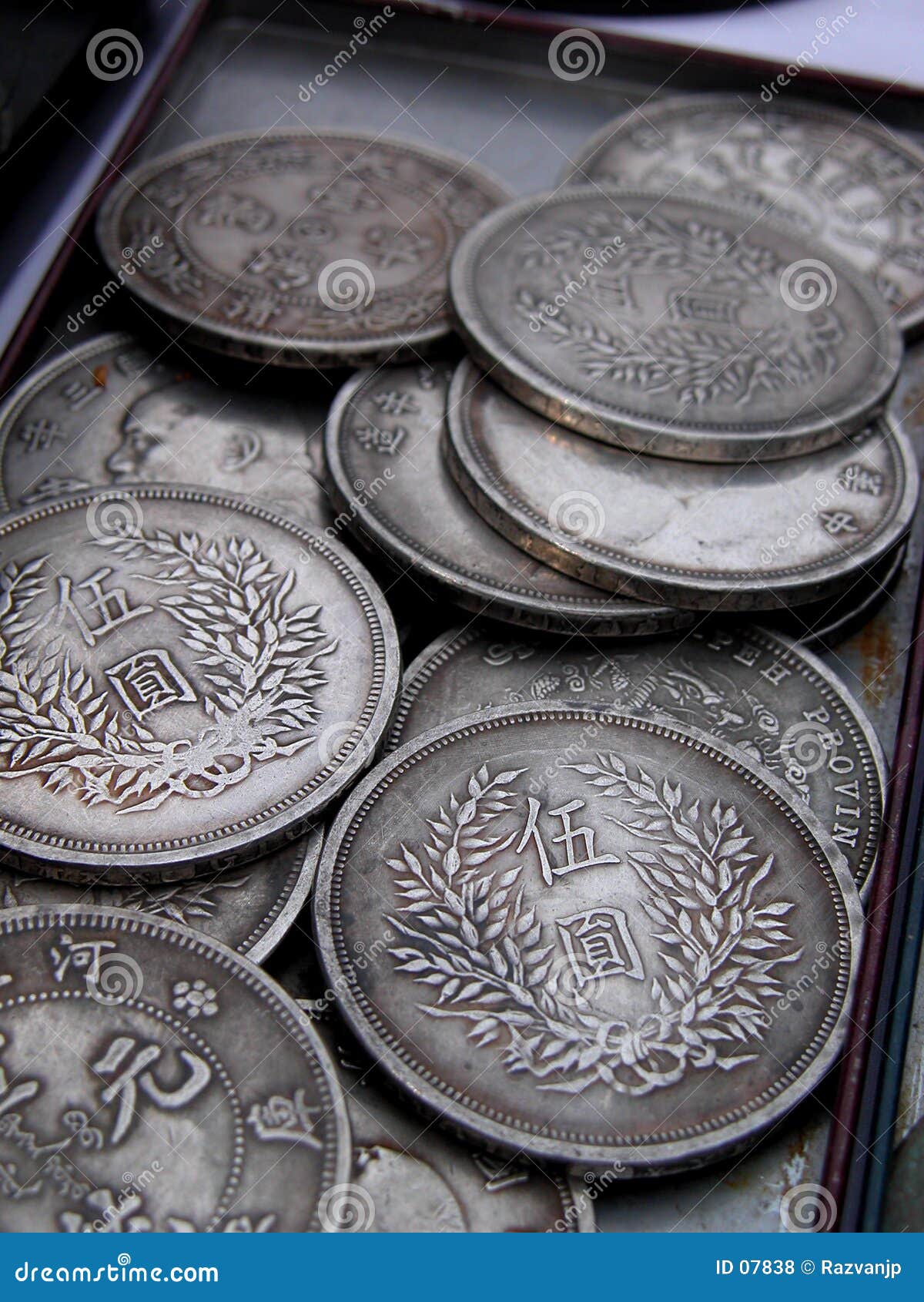Japan 1832-1868 (Pre-Meiji Era) Original moneyer sealed pack containing 9 Ryo in Gold coins; The equivalent in gold of 9 koban weight made up of smaller size square coins; Sealed before the Meiji era started this rare un-opened package contains about 36 gold coins.
Early Coinage

The oldest Japanese coins were the Wado kaichin coins produced in 708. Its distribution and extent indicates that were not in circulation throughout the whole of Japan. Between 708 and 958, twelve different types of copper coins of Japan were issued by the central government. By the middle of the 10th century, policy failures coupled with inflation and exhaustion in supply of copper, led to a decline in the quantity of coinage produced. Coins of Japan were replaced with rice and cloth.
Early Modern Period Coinage
Japan uses the Japanese yen, with the international symbol being ¥. Currently, there are 1,000 yen, 2,000 yen, 5,000 yen and 10,000 yen banknotes in circulation. Coins come in one-yen, five-yen, 10-yen, 50-yen, 100-yen and 500-yen denominations. Japanese Coins Large and Small. Japan has six coins in circulation with values ranging from ¥1 to ¥500. The front, or obverse, side of each features a different image, normally a variety of. JAPANESE COINS & CURRENCY RECTANGULAR SILVER COIN OF THE SHOGUNS OF JAPAN These unusual rectangular silver 1 Bu (Ichibu Gin) coins was one of the last coins issued by the famous and once powerful Shoguns of Japan. The Shoguns were the military rulers of Japan, who for hundreds of years controlled the island nation. Japan made coins from 8 th century. The silver slug known as mameitagin was made in 1736 to 1820. A crude slug silver,around 30-40% silver content, stamped with official valuation by local Ginza mint Shogun. The first coin was minted in 1871 and this one-yen coin was made from silver. From 1940 brass was used due to silver shortage during the.
Japanese Coins Identification
In the 16th century, gold and silver coins were minted by feudal warlords. Tokugawa Ieyasu augmented his control over gold and silver mines, secured mintage technology and systems, and issued Keicho silver and gold coins in 1601. The Tokugawa Shogunate government consequently issued Kan'ei Tsuho copper coins, within the process of establishing a unified monetary system called the 'tri-metallic monetary system,' based on gold, silver and copper coins. The tri-metallic monetary system was important because it was a unique monetary system based on the standardized currencies introduced by the central government. The tri-metallic monetary system was a relaxed unification system, which allowed local feudal lords to issue currencies other than the three standardized ones.
Japanese Coins Image
Modern Coinage
Rugby World Cup 2019TM
In the latter half of the 18th century, the demand for small-denomination currency increased due to expanded production of commercial crops. The Tokugawa government issued silver with denominations based on gold coin units. Thus, the Japanese silver coins ultimately became supplementary currencies of gold coins of Japan.
Toward the end of the Edo period, re-coinages were often carried out to finance the budget deficits of the Shogunate government, which led to chronic inflation. After the re-opening of international trade at the end of the Edo period, Japan experienced a huge outflow of gold coins overseas. Hence, the Man'en re-coinage was carried out to stop this outflow. However, this caused further inflation resulting in confusion within the nation's monetary system towards the Meiji Restoration.
Japanese Coins Value
The Meiji government implemented measures to develop modern industries and to increase military strength in order to strengthen Japan. The government needed to establish a modern monetary system. Thus in 1871, the government passed the 'New Currency Act' to change the currency units from traditional 'ryo' 'bu' and 'shu' to 'yen' 'sen' and 'rin.' In 1881, Masayoshi Matsukata became Finance Minister and insisted on the need to set up a central bank to produce Japanese Yen. The Bank of Japan was founded in October 1882.